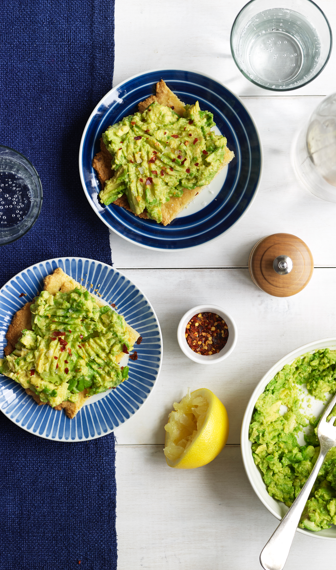TRANS FATS: TRUTH IN LABELING?
Beginning in 2006, the US Government has mandated that trans fats have to be listed on the nutrition facts label of every food. You might think that would be the end of the matter. Just look for “no trans fats” on the label, or a big Zero next to the listing for trans fats, and everything should be OK. Right?
Not so fast.
After 2006, when the new labeling laws go into effect, the FDA will still allow manufactucturers to list “zero” under trans fats if there is less than ½ gram per serving of the food. They will also permit manufacturers to say “zero trans fats” on the label if a serving size contains a half gram or less. This is a bad rule that needs changing. With small and unrealistic “serving sizes” on the nutrition facts label, each of which contains just under ½ a gram, you could easily wind up consuming a gram or two in a typical portion. The regulation allows manufacturers to state that their product is “trans fat free” when in fact, it may not be.
You have to read the ingredients
The only- repeat, only- way to tell whether a product contains trans fats is to read the list of ingredients. If you see the words “partially hydrogenated” there, the product contains trans fats. There are no exceptions. Any product that has partially hydrogenated oil as an ingredient contains trans fats, regardless of what the label hype says. Only if the package clearly says “no hydrogenated oils” or “hydrogenated oil free” can you be assured of a trans fatty acid-free product. (All Atkins products are trans fat free.). About 40% of supermarket foods contain trans fats. According to the FDA, it’s in 95% of cookies, 80% of frozen breakfast foods, 75% of snacks and chips, 70% of cake mixes, and almost half of all cereals!
Even so called “healthy” products may not be exempt. Take Benecol, a Soft-spread substitute for margarine or butter that is advertised as being “good-for-your-heart”. It actually contains a half gram of trans fats per 1 ½ teaspoon serving, allowing the manufacturer to say “zero” grams. Recommendations for this product, which is endorsed by many mainstream organizations, are to use it “liberally”. If you used a couple of teaspoons several times a day, you could easily consume 14 grams a week of trans fats just from Benecol alone!
And in case you were wondering what difference a few little grams of trans fats can make, just consider that a July 2002 report from the Institute of Medicine at the National Academy of Science declared that the upper limit for trans-fats in the diet should be zero. The consumption of just 2-3 grams a day of trans fats increases the risk of coronary heart disease by 21 percent.
If you need a quick review of why trans fats are the most damaging fat on the planet, here it is: Trans fats cause significant lowering of HDL (“good”) cholesterol and significant increases in LDL (“bad”) cholesterol. They make the arteries more rigid; they contribute to clogging; they contribute to insulin resistance and to type 2 diabetes. According to noted trans-fat researcher Dr. Mary Enig, trans fats from partially hydrogenated vegetable oils have adverse effects on heart disease, cancer, diabetes, immunity, reproduction and lactation and obesity. In a Harvard study of 85000 women, there was a fifty percent greater incidence of heart disease among those women consuming the highest amount of trans fats as compared to those consuming the lowest. (Willet WC, Stampfer MJ, et al, “Intake of trans fatty acids and risk of coronary heart disease among women” Lancet 1993; 341: 581-585
Trans fats are soft fats that are made solid by a process called partial hydrogenization. The manufacturers take pure, fresh vegetable oils and refine them with chemical solvents to get them ready for hydrogenation. They use deodorizing agents and bleaches, beginning the destruction of any healthful properties in the original oil (in canola oil, the deodorizing process itself creates trans-fats). A metal catalyst like nickel is then added to the oil, followed by hydrogen gas under high pressure and heat. This changes the molecular configuration of the once healthy vegetable oil, creating a substance that is plastic and thick and can hold a shape. The process turns a perfectly good polyunsaturated oil- like soybean oil, for example- into a perfectly bad one. It’s great for shelf life- but it’s bad for your life.
Don’t be fooled by misleading advertising copy. To avoid trans-fats you need to go beyond the nutrition facts label and look to the list of ingredients. If you see “partially hydrogenated” anything in there, put the product down and step away from the shelf!

